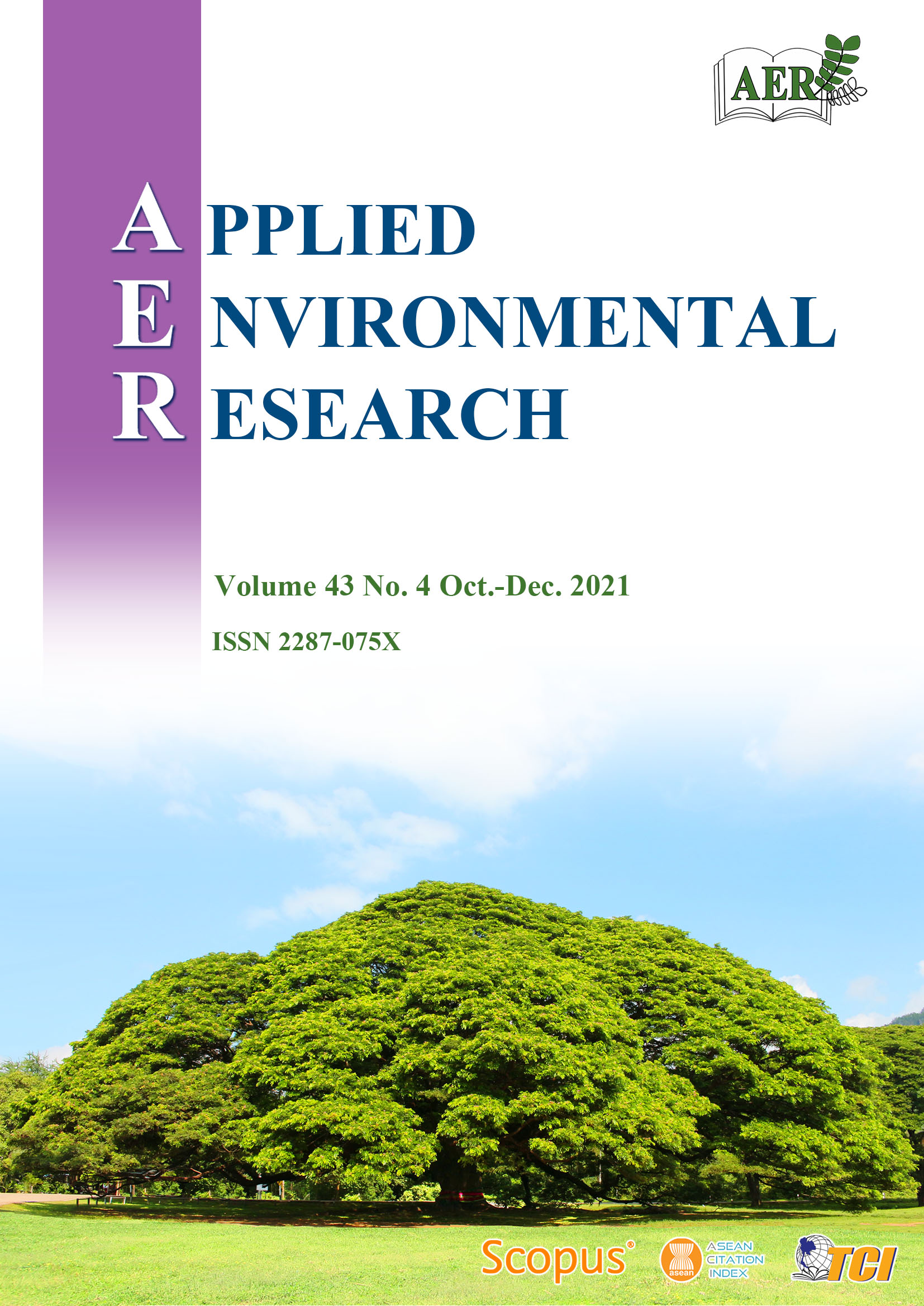Centuries of Heat Waves over India during 20th and 21st Century
Main Article Content
Abstract
An assessment of temperature extremes is made for the Indian subcontinent to identify the changes since 1951 to 2015, and for the future climate periods till 2100 for all the 21 CMIP5 (Coupled Model intercomparision Project phase 5) models and the representative concentration pathways RCP4.5 and RCP8.5 were examined for the period from 1 March to 31 May to characterize the heat waves in future climates and mean maximum and mean minimum bias were evaluated for the Indian subcontinent. Later two highest recorded temperature regions were chosen Northwest & Central India (NW&CIN) and only central India (CIN) box and the features of heat waves such as intensity and frequency were evaluated up to 2100. Corresponding temperature predictions from historical runs for the period 1951–2005 of 21 global CMIP model outputs and statistics were performed with the India Meteorological Department (IMD) gridded maximum temperature data for validation. Statistical metrics of BIAS, RMSE and MAE have indicated low BIAS, high correlation and high IOA (Index of Agreement) validating CMIP climate simulations. By analyzing the statistics of all the 21 models with respect to the observational gridded data from IMD came to conclusion that among all the 21 models 5 models were performing well for Indian region and having good index of agreement with IMD. The frequencies of the days having thresholds of 40 ºC, 42 ºC and 45 ºC for the maximum temperature over India during the pre-monsoon are evaluated up to 21st century. All models are showing that the intensity and frequency of heat waves were increasing significantly for both RCP4.5 and RCP8.5. Specifically, the characteristics of heat waves in terms of intensity, duration and area extent are calculated and compared to heat waves of the current climate.
Article Details

This work is licensed under a Creative Commons Attribution-NonCommercial 4.0 International License.
Published articles are under the copyright of the Applied Environmental Research effective when the article is accepted for publication thus granting Applied Environmental Research all rights for the work so that both parties may be protected from the consequences of unauthorized use. Partially or totally publication of an article elsewhere is possible only after the consent from the editors.

